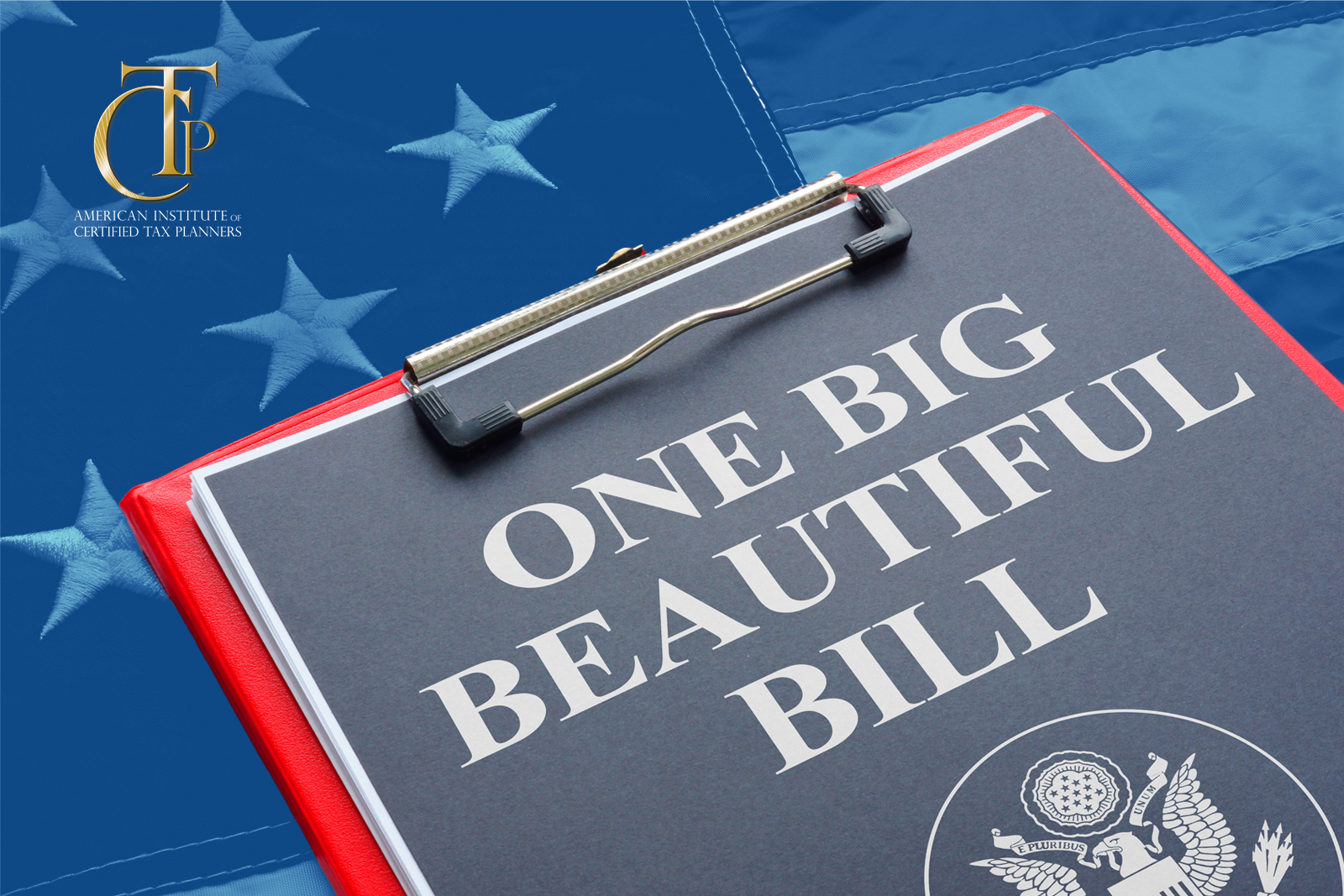Headlines announcing the details of the “One Big Beautiful Bill” (OBBB) have started to subside. Whether it’s news fatigue or gaining the clarity they need, many taxpayers have also slowed down in asking questions and parsing tax provisions, trying to make sense of it. But for tax professionals, the conversation is just beginning. The OBBB introduces new complexities that change the tax planning process for a wide range of clients.
In our last series of blogs, we narrowed in on the tax provisions most likely to impact small business owners. Today, we’ll tackle the new tax deductions available to individuals. While some of these provisions could equal noteworthy savings, we will also highlight the hidden limitations and requirements you’ll want to pay attention to before discussing them with your clients.
The Tips Deduction
This one has been a major attention-getter: “no tax on tips.” As with any tax provision, it’s a bit more complicated than that. There are certain restrictions on who can benefit and how much they can actually deduct. However, the range of workers and industries who can qualify is much broader than many of us anticipated and even includes sole proprietors.
So what counts as a tip? First, the tips must be a form of “cash,” which can be paid in cash, charged on a credit card, or distributed among employees through a tip-sharing arrangement. “Non-cash” items like a gift basket or movie tickets would not count. Second, the tips must be voluntarily paid without negative consequences if they are not paid. This means the tips cannot be a mandatory service charge.
What is the maximum deduction? For single, head of household, and married filing jointly taxpayers, the deduction can be up to $25,000 per year. You’ll notice that “married filing separately” taxpayers do not qualify (there is a “considered unmarried” exception that may apply to divorced and separated individuals).
The maximum deduction starts to decrease for taxpayers who earn over $150,000 per year (or $300,000 for a married couple). For every $1,000 in income over that threshold, the tip deduction is reduced by $100.
Who can claim the tips deduction? Taxpayers must have a job where they regularly received tips before this law was enacted (specifically, before December 31, 2024). Notably, employees of a specified service trade or business (SSTB) do not qualify. However, sole proprietors can qualify if they fit all the other requirements.
What else is on the IRS’ checklist? First, tips have to be third-party reported, meaning they would appear on a W-2, 1099-NEC, or 1099-K form. Self-reported tips on Form 4137 also count. Taxpayers must also include their social security number on their tax return to claim the deduction.
As you begin OBBB conversations with your clients, keep in mind that the tips deduction is not an above-the-line deduction. Since the deduction phases out based on adjusted gross income, it cannot be a reduction to AGI.
Also, take note that since sole proprietors and business owners can qualify, this opens up tax planning opportunities for even more clients. However, sole proprietors do need to keep a few extra rules in mind. First, remember that this deduction will not reduce self-employment tax. Second, a sole proprietor’s tips deduction cannot exceed the net income of their business.
The Overtime Pay Deduction
Just like the tips deduction, “no tax on overtime pay” is a bit of a simplification. This benefit also comes with restrictions that affect just how much you can actually deduct. Here’s the breakdown:
What counts as overtime pay? The taxpayer’s overtime pay has to meet federal labor standards. This usually means they receive “time-and-a-half” for hours worked over 40 hours per week. Of that “time-and-a-half” pay, the deduction only applies to the extra “half.” Money equal to the taxpayer’s regular pay rate cannot be deducted.
What is the maximum deduction? The maximum deduction is $12,500 for single filers or $25,000 for married filing jointly. Once again, “married filing separately” is not an option for this tax deduction.
The maximum amount decreases for taxpayers earning over $150,000 per year or $300,000 for married filing jointly. For every $1,000 in income over that threshold, the overtime pay deduction is reduced by $100.
Who can claim the overtime pay deduction? The taxpayer must be a non-exempt W-2 employee, and their employer must be able to separately report overtime earnings on their W-2.
What else is on the IRS’ checklist? Employers are required to track and report overtime on employees’ W-2 forms, but this is more of an item to confirm with the taxpayer than a next step to take. Again, taxpayers must include their social security number on their tax return.
The Senior Deduction
Of these three tax deductions, this has possibly been the most misconstrued. Based on initial framing, many of us were expecting something equivalent to “no tax on Social Security income.” However, the final benefit that made it into the OBBB is not tied to Social Security benefits at all—but it is a deduction specifically designed for seniors.
What is the maximum deduction? The maximum deduction is set at $6,000 per person. This amount decreases for taxpayers earning over $75,000 per year or $150,000 for married filing jointly. The deduction is reduced by 6% of the taxpayer’s modified adjusted gross income.
Who can claim the senior deduction? The main requirement is simply that the taxpayer is aged 65 or older. Note again that whether the taxpayer receives Social Security benefits is not directly relevant. As usual, you cannot take this deduction on a “married filing separately” return.
Lastly, what else is on the IRS’ checklist? You guessed it: Taxpayers must include their social security number on their tax return.
This could be a major tax planning opportunity for your senior clients. Controlling their AGI could ensure they are eligible for the senior deduction, lower Social Security taxation, impact their marginal tax rate, and even impact Medicare, which faces an income-related surcharge. Consider initiating conversations about income shifting strategies like Roth conversions, health savings account contributions, or qualified charitable distributions—depending on other factors in their tax plan.
Summary
Notably, all of these deductions are active from 2025 through 2028. So now is the time to initiate those conversations about proactive tax planning, and even using the new OBBB provisions to show how thinking ahead can allow you to take advantage of more tax deductions. For more training on how to apply the OBBB to both individuals and businesses, sign up to become a Certified Tax Planner today.





